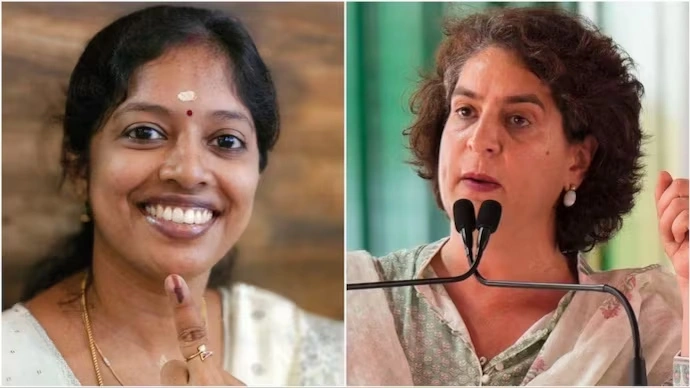The recently concluded Phase 4 of the Odisha State Assembly Elections saw an impressive voter turnout of 74.41%, excluding postal ballots, as announced by the Odisha Chief Electoral Officer. This phase coincided with the final phase of the Lok Sabha polls, marking a significant moment in the state’s political landscape.
The simultaneous conduct of assembly polls with the General Elections added a layer of complexity and interest to the electoral process in Odisha. Exit polls conducted post-elections have been buzzing with predictions and insights into the potential outcomes, especially regarding the contest between the BJP-led National Democratic Alliance (NDA) and the incumbent Biju Janata Dal (BJD).
According to various exit polls, the BJP, under the NDA umbrella, is anticipated to make substantial gains in Odisha, potentially doubling its tally compared to previous elections. The BJP’s ambition to penetrate the BJD’s stronghold has been a focal point of this electoral battle.
The Republic PMarq Exit Poll forecasts the NDA securing victory in 14 out of 21 Lok Sabha seats, while the BJD is predicted to claim only 8 seats. Similarly, the News18 Mega Exit Poll projects 13-15 seats for the NDA and 6-8 seats for the BJD. The India exit poll leans heavily towards the BJP, suggesting a win of 18-20 seats compared to the BJD’s 0-2 seats.
In terms of vote share, projections indicate a significant lead for the BJP with 51%, followed by the BJD at 33%, and the Congress at 13%. These numbers reflect a potential shift in Odisha’s political landscape, with the BJP making considerable strides.
Comparing these predictions to historical trends adds depth to the analysis. In the 2019 Lok Sabha elections, the BJD maintained its stronghold by securing 12 out of 21 seats, albeit a decrease from its 2014 performance of 20 seats. The BJP, on the other hand, showcased remarkable growth, jumping from 1 seat in 2014 to 8 seats in 2019. The Congress also saw a modest improvement, securing 1 seat in 2019 compared to none in 2014.
The state’s electoral journey, spanning multiple phases and significant shifts in political dynamics, underscores the evolving preferences of Odisha’s electorate. The upcoming results will not only shape the state’s representation in the Lok Sabha but also serve as a barometer of national political trends, especially concerning the BJP-led NDA’s electoral prospects.
As the nation awaits the official results, the anticipation and analysis surrounding Odisha’s electoral outcomes reflect the vibrancy and complexity of India’s democratic processes.

















